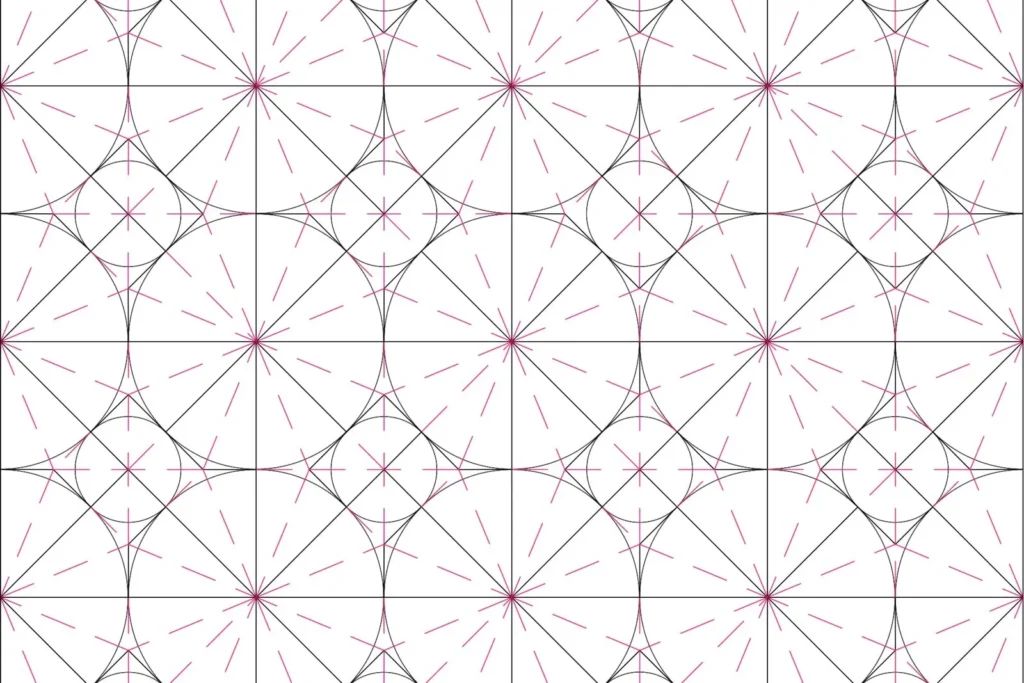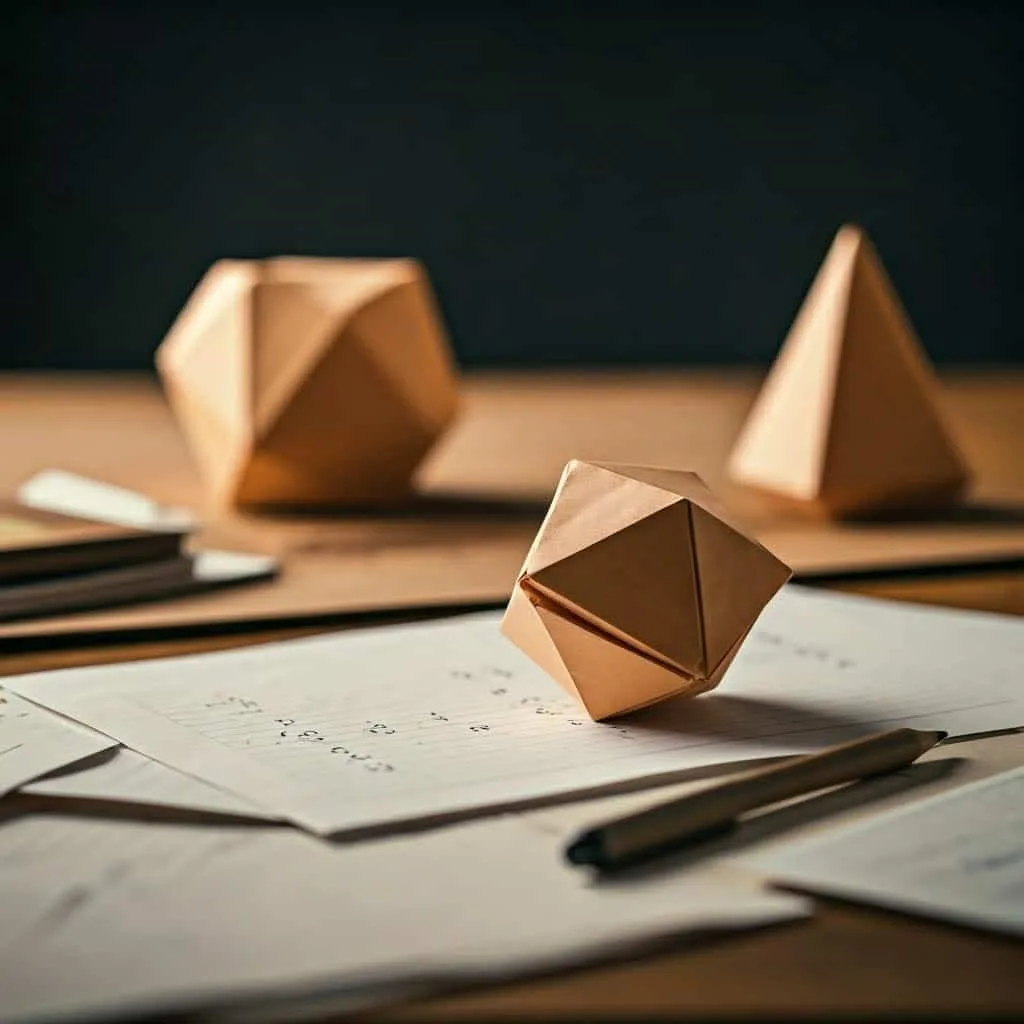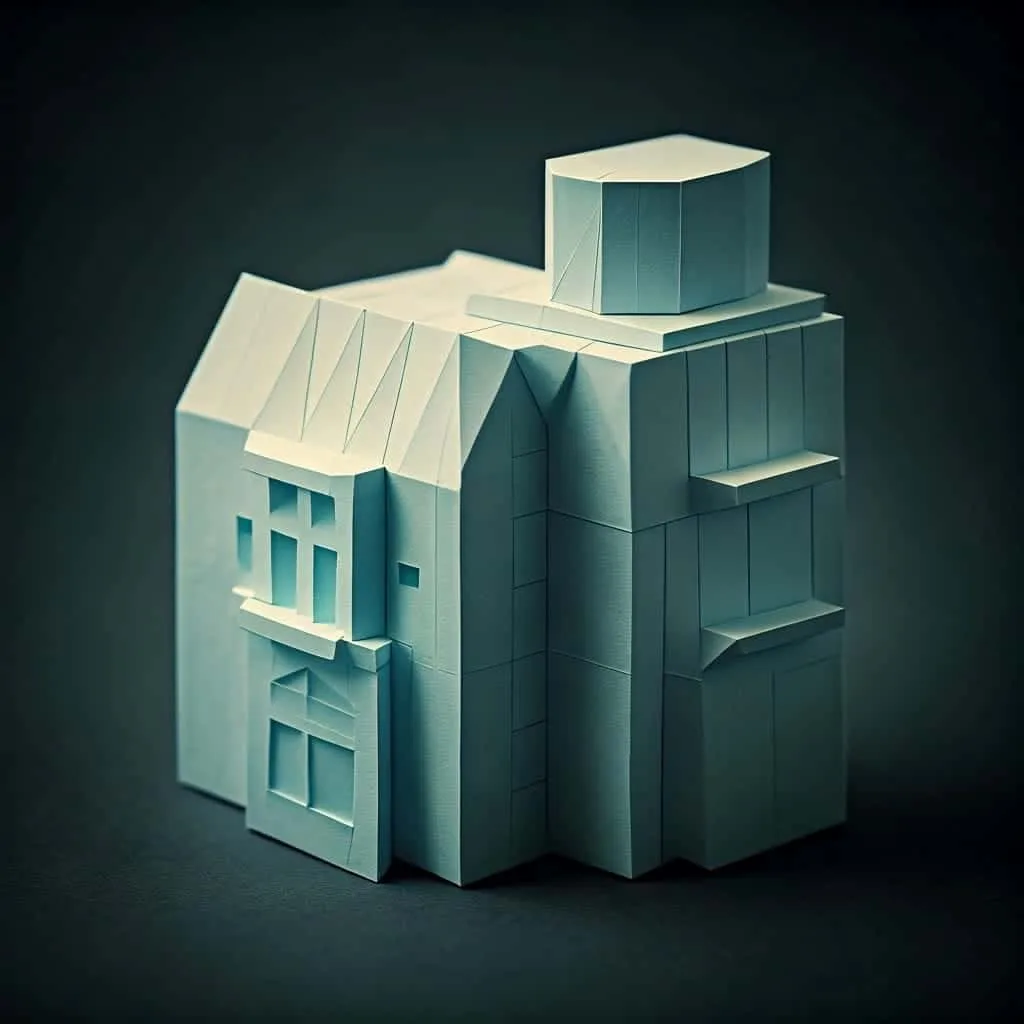Your cart is currently empty!
Stay in Touch!
Get updates about new artwork and upcoming events.
Get updates about new artwork and upcoming events.
—
by

Mathematics has often been seen as a subject reserved for the highly technical fields—sciences, engineering, and technology. But the importance of learning math goes well beyond these areas. In reality, math shapes much of the world around us, influencing everything from the visual arts to music, architecture, and even everyday decision-making.
Learning math is not just about memorizing formulas or solving equations; it’s about developing critical thinking skills, enhancing problem-solving abilities, and understanding the world in a structured, logical way. Math teaches us how to approach problems methodically and break them down into manageable parts. This kind of thinking is incredibly useful in all aspects of life, far beyond the confines of scientific and technical fields.
At its core, math is a language of patterns and relationships. It gives us tools to quantify, predict, and explain the phenomena we observe, whether in nature, human behavior, or the creative arts. Math can sharpen our minds, make us better at analyzing situations, and offer solutions that might not be immediately obvious. Whether we’re aware of it or not, we use math in almost every facet of life.
One of the most compelling examples of math’s relevance outside science is its influence on visual art. Visual art might seem like a purely creative endeavor, but it is rooted in mathematical principles like symmetry, proportion, and geometry.

Geometry, in particular, plays an essential role in the creation of visually appealing and structurally sound art. The careful arrangement of shapes, patterns, and forms creates harmony in visual art. For instance, artists often use geometric shapes to structure their compositions, guiding the viewer’s eye through the artwork in a deliberate way. In visual art, the use of symmetry and balance, both mathematical concepts, helps to create works that feel complete and coherent.
My own work as an origami artist relies heavily on geometry. Origami is essentially a sculptural practice that translates two-dimensional surfaces into three-dimensional forms through a series of folds. To create complex origami sculptures, I rely on mathematical concepts like angles, symmetry, and spatial reasoning. For example, when I fold heavy-weight paper, I must consider the exact geometry of each fold to ensure that the design holds its intended shape.
In other forms of visual art, proportion and scale are critical. Artists use mathematical ratios, such as the golden ratio, to create pleasing compositions. This ratio, approximately 1.618:1, appears in nature and has been used for centuries by artists and architects to achieve balance and harmony in their works. From the ancient Greek Parthenon to Leonardo da Vinci’s Vitruvian Man, the golden ratio is a classic example of how math and visual art intertwine.
Math is also essential in the creation of realistic, three-dimensional effects in two-dimensional visual art. Artists use mathematical principles of perspective to create depth and dimension on a flat surface. Linear perspective, for example, is based on the idea that parallel lines converge at a vanishing point on the horizon. This technique allows artists to depict objects in a way that mimics how they appear in the real world—larger when they are close and smaller when they are far away.
Another example is the use of grids and scaling techniques, which help artists maintain the correct proportions when creating larger or smaller versions of an image. These mathematical techniques enable artists to create the illusion of space and depth, making their work more immersive and dynamic.

Music, like visual art, might not seem mathematically inclined at first glance. However, when we look closer, we find that math plays a crucial role in the creation and structure of music.
Music is built on patterns, and those patterns are inherently mathematical. Rhythms, for example, are organized into beats, which are subdivided into fractions (half notes, quarter notes, eighth notes, and so on). These fractions form the basis of time signatures, which dictate the rhythm and flow of a piece of music.
Scales in music are another example of mathematical structure. The intervals between notes in a scale are based on specific numerical ratios, and these ratios determine the harmonic relationships between notes. This is why certain combinations of notes sound harmonious while others clash—it’s all based on mathematical relationships.
Even musical instruments are designed with mathematical principles in mind. The length, tension, and thickness of strings on a guitar, for example, affect the pitch of the notes it produces. The spacing of frets on the guitar follows a logarithmic scale, which allows musicians to play different notes and create harmonies.
One of the most fascinating connections between math and music is the Fibonacci sequence, a series of numbers in which each number is the sum of the two preceding ones (0, 1, 1, 2, 3, 5, 8, 13, and so on). This sequence appears in many natural phenomena, and it also shows up in music. Some composers have used the Fibonacci sequence to structure the timing, phrasing, or chord progressions in their compositions, creating pieces that feel both organic and mathematically sound.
Architecture is another field where math is indispensable, not only for ensuring that structures are functional and safe but also for creating beautiful, harmonious designs.

Architects rely on geometry to design buildings that are both aesthetically pleasing and structurally sound. For example, architects use geometric shapes like triangles, circles, and polygons to create frameworks that can bear weight and resist external forces like wind and gravity. Triangles, in particular, are a favorite shape in structural design because they are inherently stable—forces applied to a triangle are evenly distributed across all three sides, making it one of the most reliable shapes for construction.
In more modern architecture, complex mathematical concepts like fractals and parametric equations are used to design futuristic buildings that push the boundaries of traditional architectural styles. These buildings often have curved surfaces, spirals, or other forms that are difficult to describe without using advanced mathematics.
The golden ratio, which we mentioned earlier in relation to visual art, is also prevalent in architecture. Many famous buildings and structures throughout history, from the Egyptian pyramids to the Notre Dame Cathedral, have been designed using the golden ratio. This mathematical ratio creates proportions that are both visually appealing and functionally efficient.
Architects must also use calculus and other mathematical tools to optimize the structural integrity of their designs. For example, they calculate load-bearing capacities, tensile strength, and the effects of external forces like earthquakes or strong winds. All of these considerations require precise mathematical calculations.
While math plays a significant role in professional fields like visual art, music, and architecture, it’s also an essential tool for making informed decisions in everyday life. Whether you realize it or not, you’re probably using math in various ways throughout your day.
Managing your finances is one of the most practical applications of math in everyday life. Whether you’re saving for retirement, planning a vacation, or simply trying to stick to a monthly budget, you’re using math to calculate expenses, savings, and investments. Understanding concepts like interest rates, percentages, and compound interest can help you make smarter financial decisions and set realistic financial goals.
Math is also an essential part of cooking. When you follow a recipe, you’re using math to measure ingredients, adjust serving sizes, and calculate cooking times. For example, if you need to double a recipe or cut it in half, you’ll need to use multiplication or division to adjust the quantities of each ingredient. These calculations ensure that your dish turns out as intended.
In some cases, cooking requires even more advanced math. For example, bakers must consider factors like temperature, humidity, and the chemical reactions that occur during the baking process. While these might not seem like mathematical concepts at first glance, they rely on precise calculations and ratios to create consistent results.
Time management is another area where math is often used, even if we don’t think about it explicitly. When you plan your day, allocate time to specific tasks, or estimate how long it will take to complete a project, you’re using math to divide your time efficiently. This is especially true in busy work environments, where effective time management can make a significant difference in productivity.
Math is not just a subject reserved for scientists, engineers, or mathematicians. It plays a crucial role in fields as diverse as visual art, music, architecture, and even everyday decision-making. Math helps us create, innovate, and problem-solve in ways that shape our world, from the most intricate pieces of art to the tallest skyscrapers.
In my work as an origami artist, I see the influence of math every day. The geometric principles behind each fold, the ratios that guide balance and harmony, and the problem-solving mindset that allows me to overcome creative challenges all stem from the mathematical thinking I learned in school. Math provides the foundation for creativity, structure, and innovation in countless fields, and its importance cannot be overstated.
For those of us in creative fields like visual art, math isn’t just a tool—it’s a language that helps us bring our ideas to life in ways that are both beautiful and meaningful. By learning math, we gain the ability to think critically, solve complex problems, and see the world through a lens of patterns and relationships. In doing so, we open the door to endless creative possibilities.